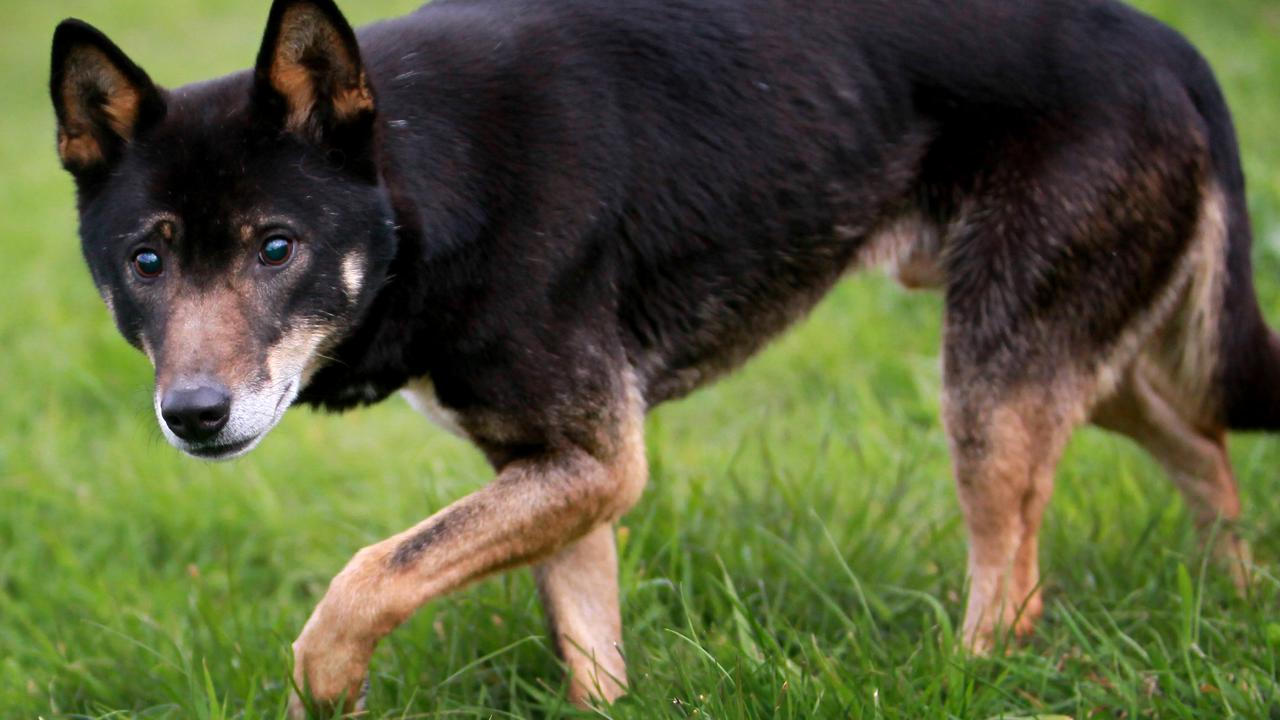3 ways you can spot if a 'big cat' has been on your property
Residents should report anything that seems 'out of ordinary'
Gympie
Don't miss out on the headlines from Gympie. Followed categories will be added to My News.
A RECENT finding of large paw prints at a Curra property last week has sparked the 'big cat' debate again.
Vaughan King, founder of the Australian Big Cat Research Group, has analysed the prints and while he believes they are most likely from a large dog he said reports show the Gympie region continues to remain a hotspot of big cat activity.
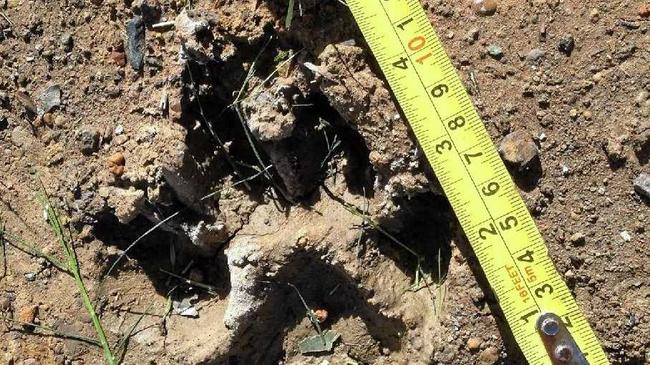
He said since a reported sighting more than a month ago at Cooloola, people have come forward with stories of sightings in the Gympie region over the years.
While helpful for tracking, he said he is waiting for a fresh sighting to be reported to pantherpeople.com so he can get to the area straight away.
RELATED: Latest 'big cat' sighting in Gympie region
He also said that residents should report anything that seems "out of ordinary" such as unidentifiable paw prints, animals killed in a strange way with most of the carcass left behind or scratchings on trees.
The following pieces of evidence may point to a big cat being nearby:
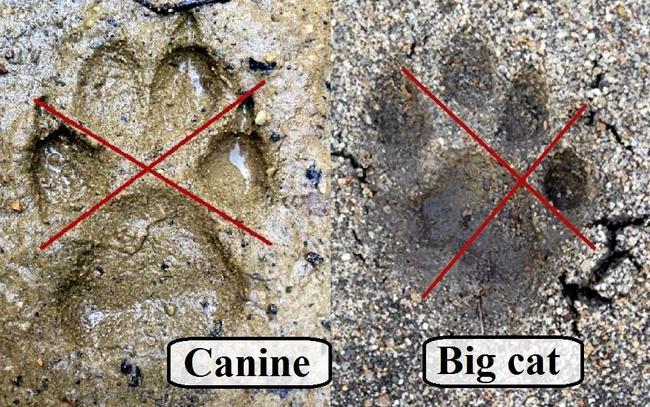
1. Paw prints
While rare, big cat prints can usually be distinguished by how asymmetrical they are compared to dog prints, Mr King said.
If you can draw an imaginary x between the heel and outside toes of a print evenly than it is most likely a domestic dog, Mr King said.
He also said big cats have retractable claws and that big cats exhibit three distinct lobes at the bottom of the pad.
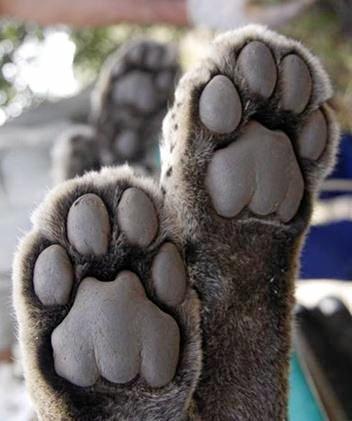
2. Predation
Any signs of anything killed in a strange way may be from a big cat Mr King said.
"Big cats are almost surgical in the way they kill," Mr King said.
He said they eat the organs of an animal first, followed by the muscle, but generally leave the rest of the carcass.
They can also drag their prey up trees.
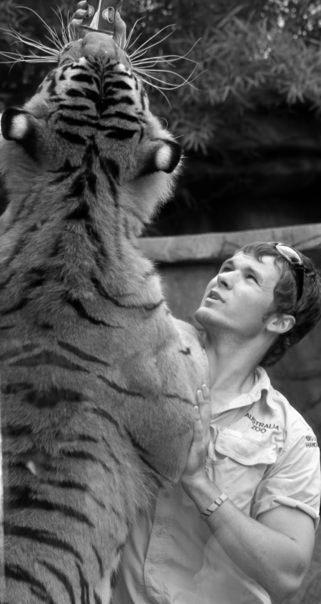
3. Marking
Big cats can leave scratchings on trees while marking their territory; usually in clean lines of up to 10cm in length.
They can also leave a "weird musky smell" to mark their territory or scats in an unusual yet obvious space.


